First-degree sunburn damages the skin’s outer layer and will heal by itself. Second-degree sunburn may penetrate the skin’s outer layer and damage the layer beneath. It may also require specialist treatment.
Sunburn refers to flushed, damaged skin caused by overexposure to UV rays from the sun or an artificial heat source. It varies from mild to severe.
In terms of severity, sunburn is usually first degree or second degree, depending on the depth and size of the affected area of skin.
This article looks at the signs and symptoms of first- and second-degree sunburn, as well as some treatment options. It also looks at how people can lower their risk of sunburn.
The slideshow below includes images of different types of sunburn on different skin tones.
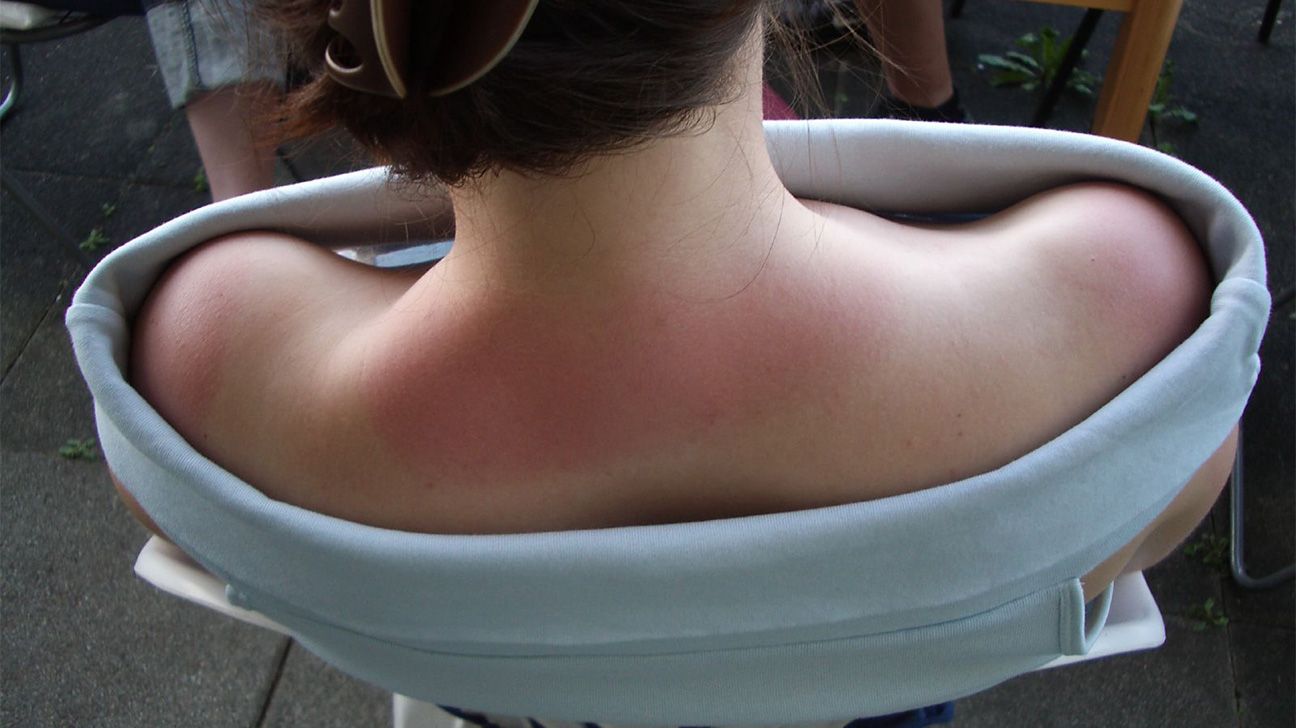
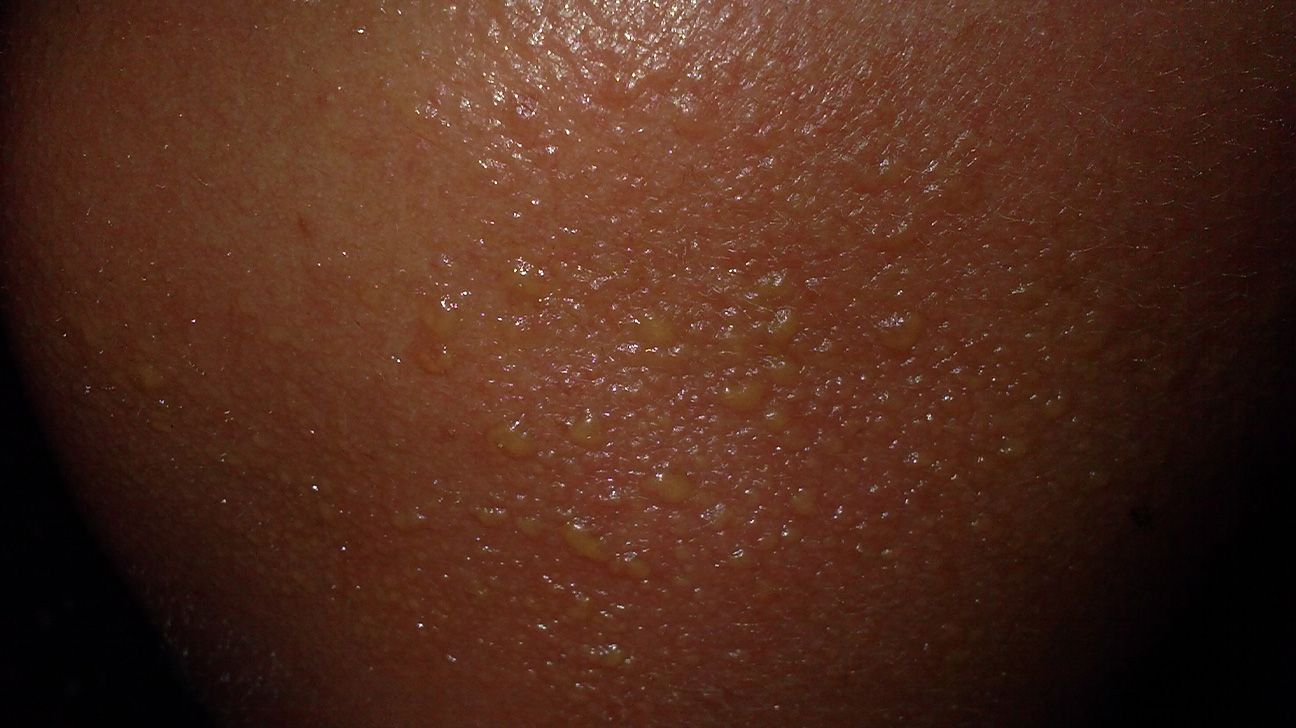
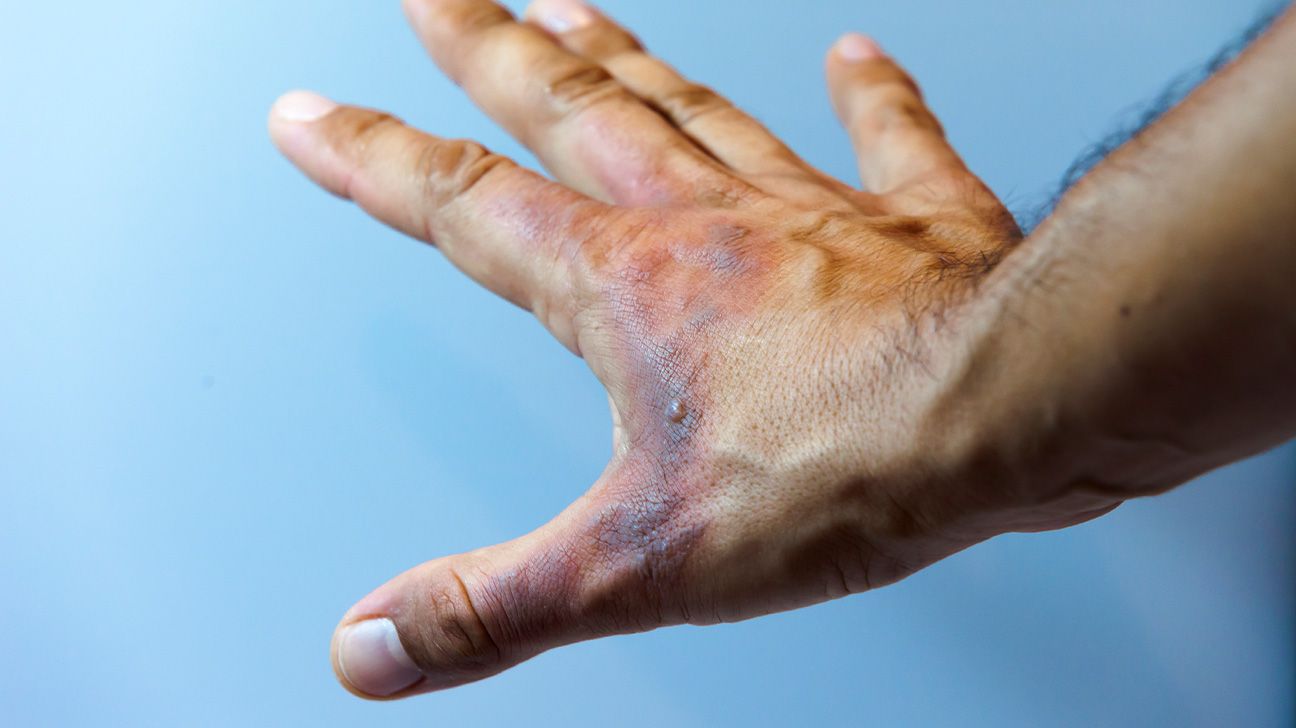
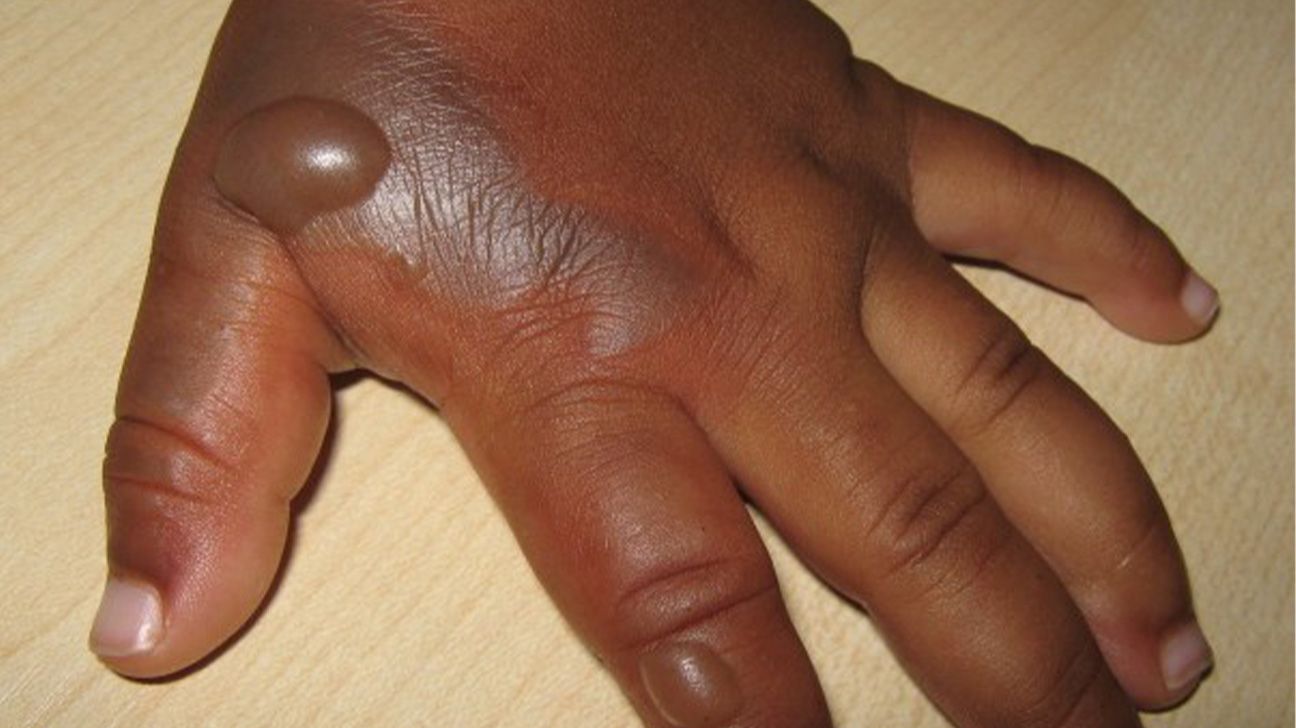
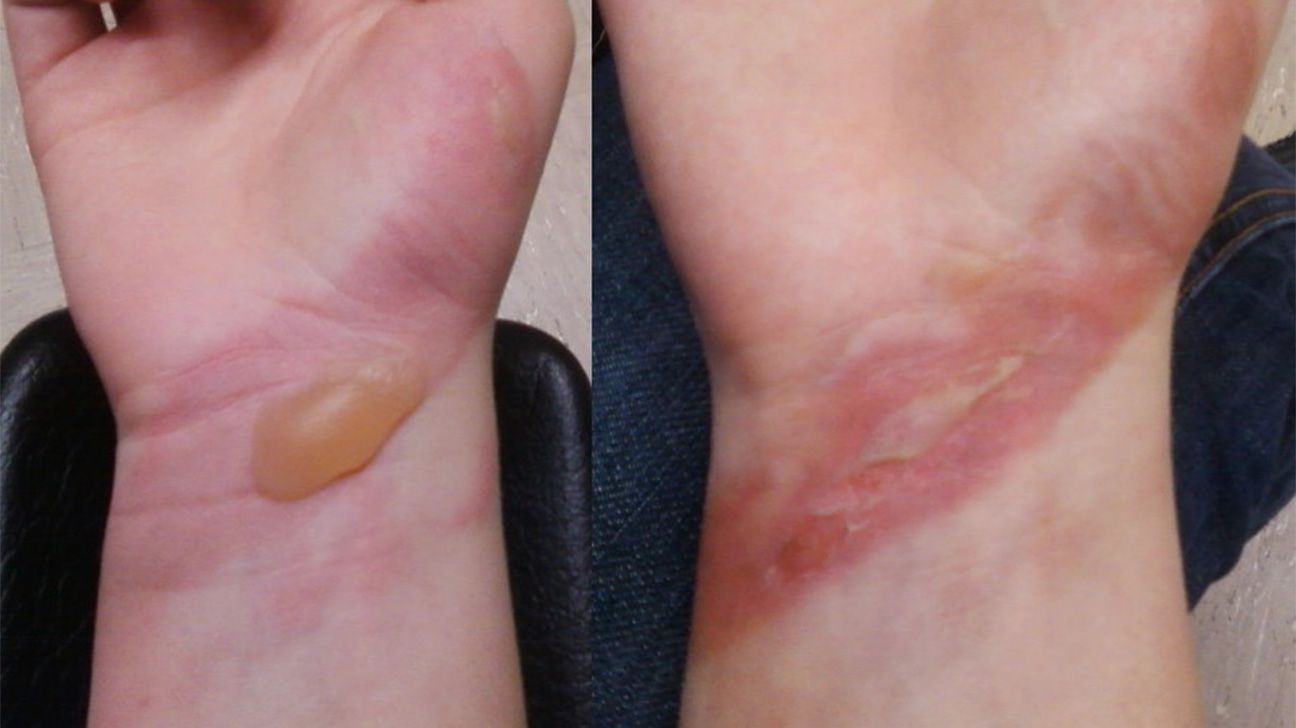
A person with first-degree sunburn may notice the following skin symptoms, usually
- redness or other skin color changes, which can be easy to detect on light skin but more subtle on dark skin
- a warm or tight feeling
- swelling or blistering
- soreness
Read about how sunburn affects dark skin.
A person may also experience peeling skin around 7 to 10 days after exposure.
Other symptoms may also accompany first-degree sunburn. These include headaches, raised temperature, fatigue, and nausea.
First-degree sunburn may take up to a week to heal. In the meantime, people with sunburn can try the following to help ease the symptoms:
- Take a cool bath or shower.
- Stay hydrated by drinking plenty of water.
- Apply cool compresses to the affected area.
- Take ibuprofen or acetaminophen to relieve any pain, headaches, or fever.
- Avoid sun exposure until the sunburn has healed.
- Apply moisturizing cream, aloe vera, or petroleum jelly to the affected area.
- Lightly bandage any blistered areas to prevent infection and apply antiseptic ointment to the affected area.
Second-degree sunburn may penetrate the skin’s outer layer and damage the layer beneath, which is called the dermis.
It may take weeks to heal and may need specialist treatment. A person with second-degree sunburn may notice the
- deep redness or other skin color changes, which can be easy to detect on light skin but more subtle on dark skin
- swelling and blistering over a large area
- wet-looking, shiny skin
- pain
- white discoloration within the burned area of skin
People with second-degree sunburn can follow the same steps to ease their symptoms as those with first-degree sunburn. However, they may need further advice and treatment from a healthcare professional.
A person with second-degree sunburn should contact a doctor if they have skin that is badly blistered and swollen or have symptoms of heatstroke or heat exhaustion. These symptoms include:
- having a raised temperature
- nausea
- headache
- muscle cramps
- feeling hot and shivery
- weakness or exhaustion
- dizziness
- unusually heavy sweating
- shortness of breath
In
Second-degree sunburn may take several weeks to heal. Treatment may require specialist burn cream and burn dressings.
Occasionally, people with severe sunburn may need hospital treatment, particularly if they also have heatstroke.
Treatment may include:
- ice packs, cool baths, or cool compresses to bring down body temperature
- cold water flushes into the stomach or rectum
- antiseizure or muscle-relaxing medications to control shivering and convulsions
- diverting blood from the heart and lungs, cooling it in a special machine, then returning it to the body
Children and babies with severe sunburn should always visit a healthcare professional for further advice and treatment.
Certain factors increase the risk of sunburn. According to the Skin Cancer Foundation, these include:
- being outdoors when the UV index is highest, between the hours of
10 a.m. and 4 p.m.Trusted Source - having fair skin
- being outdoors at higher altitudes, such as when skiing or hiking
- working or playing sports outdoors
- being closer to the equator
Children are also at significant risk of experiencing sunburn. A
Parents and other caregivers should make sure to help children with sun safety behaviors, including regular sunscreen application, seeking shade, and wearing UV protective clothing and sunglasses.
Additionally, although people with dark skin are at relatively lower risk of sunburn, they should still take adequate measures to stay safe from sunburn.
The Skin Cancer Foundation notes that people with sunburn should visit a healthcare professional if any of the following situations apply:
- Blistered skin covers much of the body.
- Blisters develop on the face, hands, or genitals.
- There are symptoms of infection, such as foul-smelling pus, bleeding, pain, or swelling.
- The symptoms do not improve within a few days.
A person needs emergency treatment if they experience:
- fever
- confusion or fainting
- symptoms of dehydration, heatstroke, or heat exhaustion
Sunburn in childhood can significantly increase the risk of developing skin cancer in later life, according to the Skin Cancer Foundation.
People who frequently experience sunburn should contact a dermatologist, as this can also increase the risk of skin cancer.
Sunburn can also age the skin prematurely.
The following tips can help reduce exposure to the sun’s harmful rays and protect the skin when outdoors:
- applying adequate protective cream with an
SPF of 30 or aboveTrusted Source to protect against UVB rays - reapplying sunscreen every 2 hours and after swimming
- wearing a wide-brimmed hat when outdoors
- wearing dark, close-weaved fabrics that block sunlight; wearing UV protection factor clothing also helps
- looking for shaded spots to sit when outdoors
- avoiding going outdoors between 10 a.m. and 4 p.m. when the UV index is at its highest
People with fair skin are at highest risk of sunburn, but it can affect anyone. Individuals with dark skin should still take sun protection measures, such as applying sunscreen regularly.
Symptoms of sunburn include flushed skin, swelling, blisters, and nausea. People who have any symptoms of dehydration, heatstroke, or heat exhaustion should get advice from a healthcare professional.
People can usually treat sunburn at home. However, severe sunburn may occasionally need urgent specialist treatment.
Taking suitable precautions when outdoors can help people decrease their risk of sunburn.

